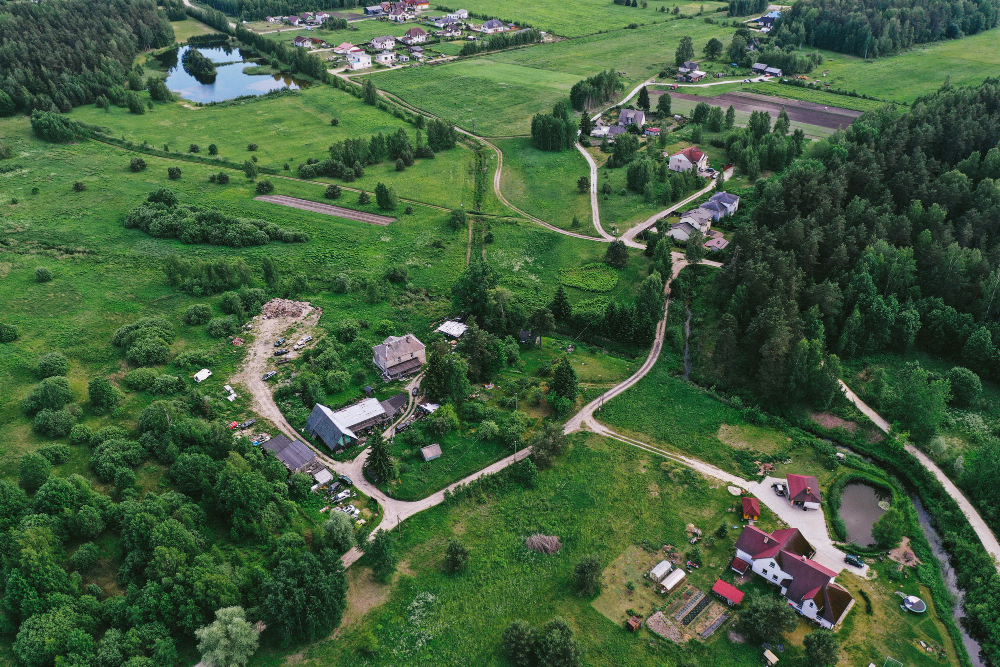Imagine a world where potential buyers can virtually tour a property from anywhere in the globe, complete with 360-degree views and the ability to personalize the space with furniture and decor. Or picture a scenario where targeted social media ads showcase dream homes based on a buyer’s specific needs and preferences. This isn’t science fiction; it’s the exciting reality of real estate marketing in the digital age.
The integration of technology has revolutionized the way properties are marketed and sold. Gone are the days of static photos and flyers. Today’s real estate landscape thrives on innovation, offering a dynamic and personalized experience for both buyers and sellers. This blog post delves into the transformative power of technology, exploring how various tools and platforms are reshaping the industry.pen_spark

Immersive Experiences: Redefining Property Tours
Virtual tours have become a game-changer in real estate marketing. No longer are prospective buyers limited to rigid schedules or geographical constraints. High-quality virtual tours, often accompanied by 360-degree photography, allow individuals to explore properties in detail at their own convenience. This not only saves time and resources but also broadens the reach of listings, attracting a global audience.pen_spark
The Power of Storytelling: Compelling Content for Targeted Marketing
Technology goes beyond just visual presentations. By leveraging data analytics and social media marketing tools, real estate agents can craft targeted campaigns that resonate with specific demographics. Imagine social media platforms curating personalized feeds showcasing properties that align with a buyer’s lifestyle preferences, budget, and desired location. This laser-focused approach ensures that marketing efforts reach the most relevant audience, maximizing lead generation and conversion rates.
Beyond the Brochure: Interactive Marketing Tools
Interactive tools like 3D floor plans and virtual staging are further enhancing the marketing experience. 3D floor plans provide a clear spatial understanding of a property, allowing buyers to visualize furniture placement and room layouts. Virtual staging, on the other hand, allows sellers to showcase the potential of a space by digitally adding furniture and decor, creating a more inviting and inspiring atmosphere for potential buyers.

Conclusion: Embracing the Technological Wave
The landscape of real estate marketing is constantly evolving, driven by ever-advancing technology. By embracing these innovative tools and platforms, agents and sellers can create a more engaging and personalized experience for buyers. From captivating virtual tours and targeted social media campaigns to interactive floor plans and data-driven insights, technology is the key to unlocking a new era of success in real estate marketing.

0 Comments